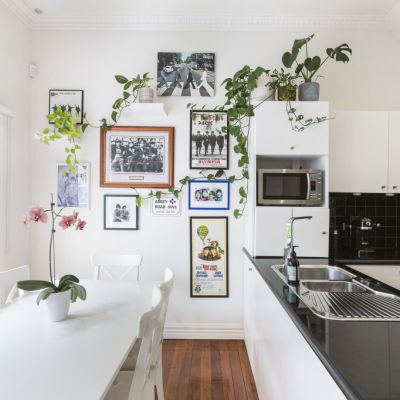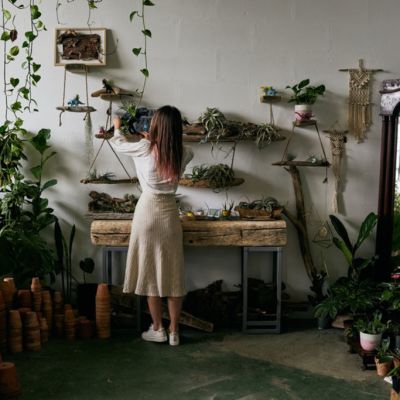The 10 best house plants for absolute beginners
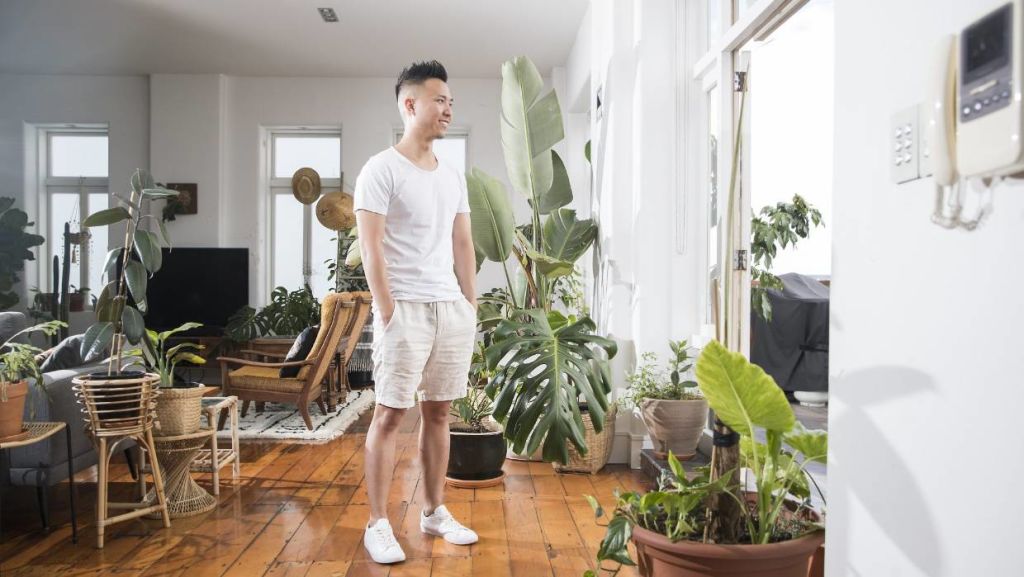
House plants feature in every picture perfect Instagram post, cafe opening and at the house of that friend who is perpetually cooler than you.
They’re design features, a status symbol (all successful adults can grow things, right?), and a relatively low-maintenance living being for humans to project nurturing energy onto in lieu of a dog or actual child (for advanced players only).
Starting out can be overwhelming and if you pick a plant without knowing what its needs or difficulty level is, you can wind up pretty disappointed when it prematurely dies.
Listen to why 79-year-old Bob built himself a treehouse on Somewhere Else:
This article is written in loving memory of my three previous Peace Lilies named Phil (after Latin name Spathiphyllum). Although Phil #4 is three months old and still going strong, I’m definitely not qualified to advise anyone else’s plant care, so we’ve called in some experts.
Karen Grace launched her New Zealand-based home growing and plant delivery service Plant & Pot in 2016.
“It’s hard to pick a favourite ‘hardy’ indoor plant as there are many,” she said. “But on this list are the ones we have road-tested ourselves with significant neglect through renovations, babies, toddlers and holidays.”
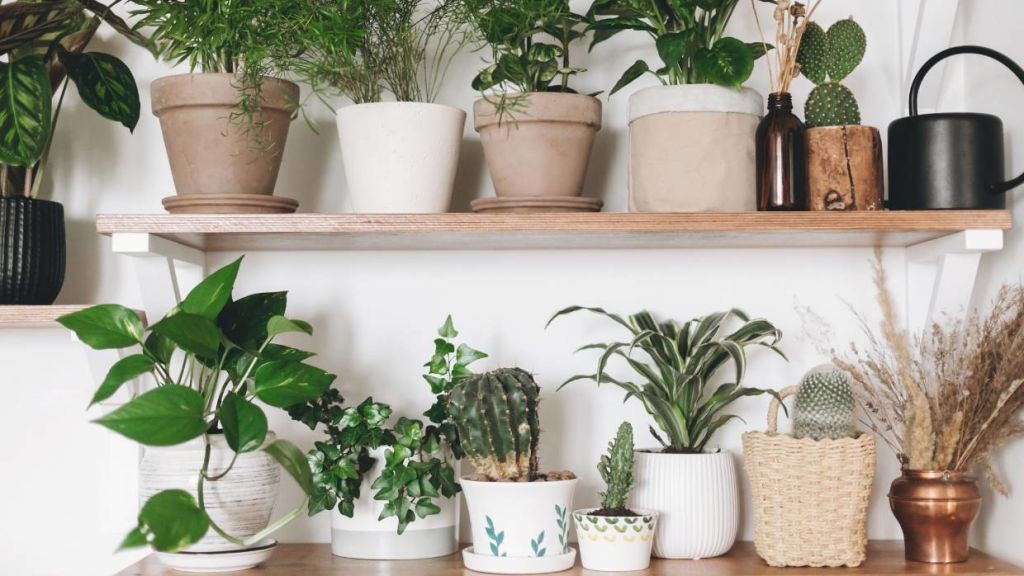
Richard DeGrandpre, owner of Monstera and former owner of Ponsonby Plants, said the average age of his customers was about 32.
“A resurgence in the popularity of indoor plants is people reconnecting with a natural process. It might be a fad, but it’s a healthy and mutually-reinforcing one,” he said.
And last on our panel (but certainly not least) is Ron Goh aka Mr Cigar, whose inner-city ‘Jungle Loft’ has attracted 45.2k Instagram followers.
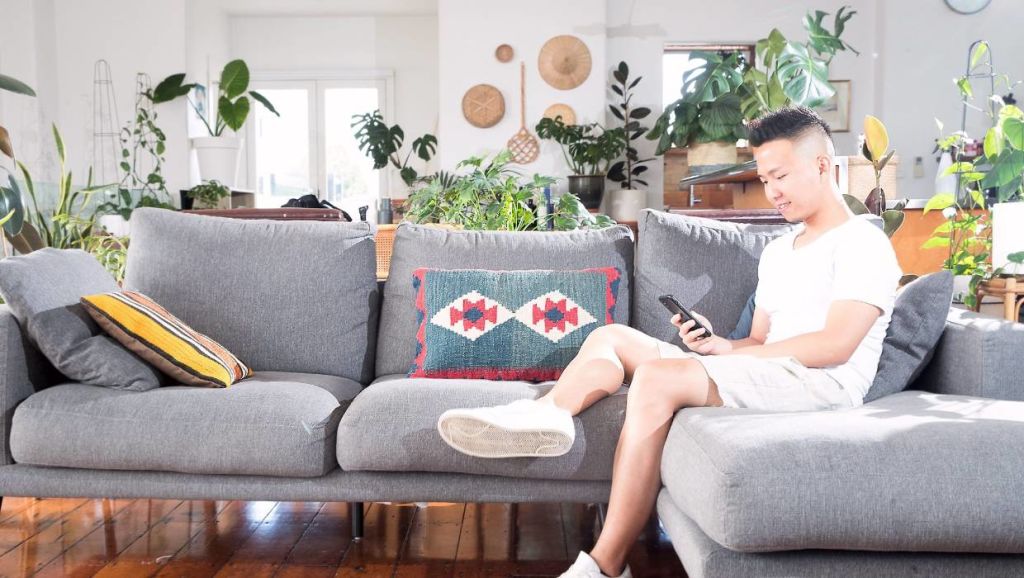
10 indoor plants beginners should buy
Plants beginners should stay away from buying are ferns and ficus, which often never recover if they dry out between waterings. 10 plants our experts suggest as suited to a beginner owner’s skill level are:
- ZZ plant/Zamioculcas
Heart Leaf Philodendron vine/Philodendron hederaceum
Peace Lily/Spathiphyllum
Devil’s Ivy/Pothos
Mother in Law’s Tongue or Snake Plant /Sansevieria trifasciata
Swiss Cheese Plant/Monstera Deliciosa
Rubber Tree/Ficus Elastica
Radiator Plants/ Peperomia
Cactus/Cactaceae
Giant white bird of paradise/Strelitzia nicolai
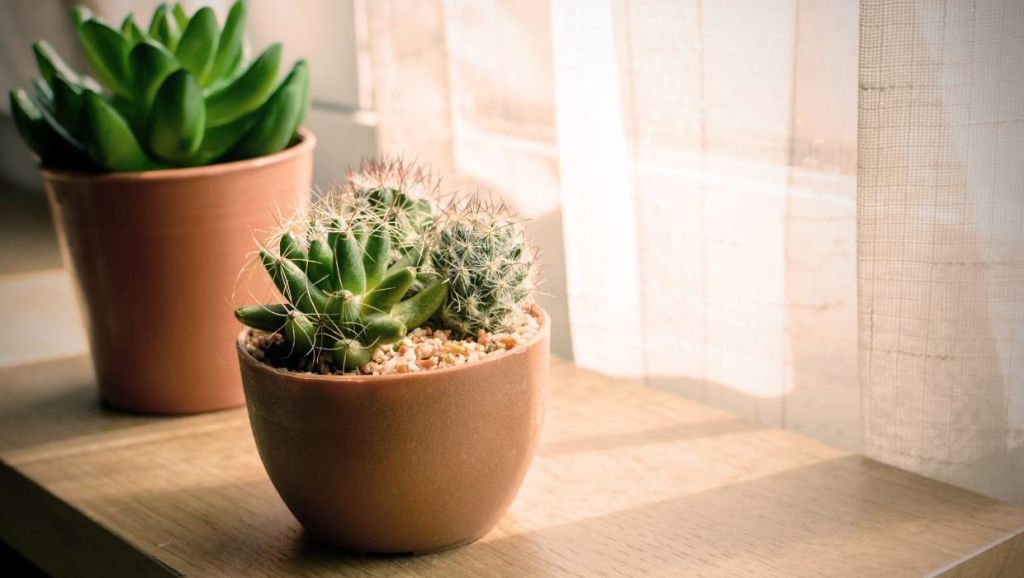
Where to get your indoor plants
Venture out to your local garden centre to adopt your new plant children or shop online. Gumtree and Facebook sellers’ groups are great for bargain hunting.
Seasonality means availability is inconsistent, so Grace advises always asking to go on the waitlist if you’re after a particular plant that doesn’t seem to be around.
I’ve got my plants, now what?
Put them in a shady spot and preferably, group them together.
Nearly all of our recommended plants are shade-loving and “like to dry out between waterings, which is why they’re user-friendly,” says DeGrandpre
They’ll thrive best with bright, indirect light (that’s within two metres of direct sunlight) and will need to be moved around between summer and winter in your home. “In terms of temperature, the general rule of thumb with houseplants is warmth combined with high humidity,” says Grace.
Heaters tend to reduce humidity, but this can be countered by misting the underside of the leaves with water, or placing a bowl of water very close to the plant. House plants typically won’t thrive in a room with a single south-facing window.
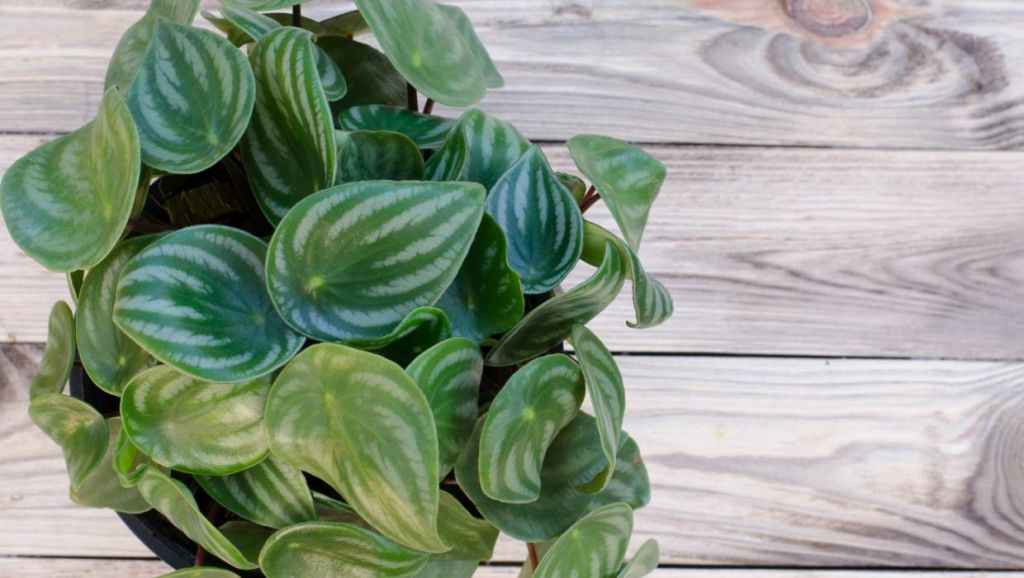
Group plants together
“Clustering plants together is very successful – because groups of plants are beautiful, encourage your attention/admiration and they benefit plant humidity. A lovely group of two or three plants is like a living sculpture,” says Grace.
Just make sure the plants have similar requirements in terms of light and temperature.
Why is keeping my house plants alive so hard?
Life gets busy, and plants sometimes take a lower priority. And that’s fine.
“Get yourself off to a good start by buying the right plant for your space (light, temperature) and lifestyle rather than what is on trend,” said Grace.
Some people struggle for psychological reasons, says DeGrandpre. “They worry their plants need water (“thirsty?”) so they water to ease their conscience (“now I’ve watered, so I’ve done my duty”), not realising that too much water is far worse than not enough for most potted indoor plants.
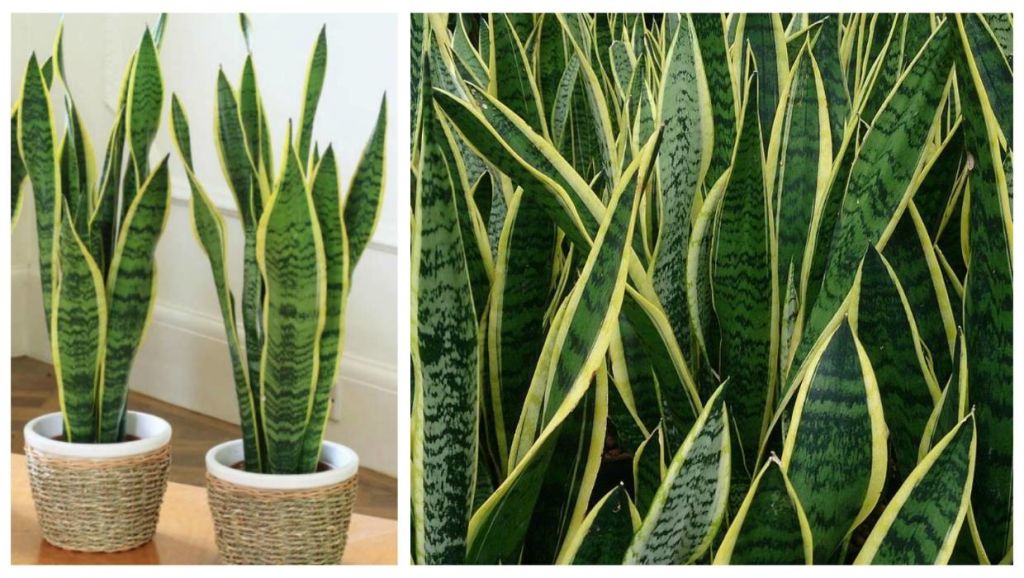
Common mistakes to avoid
DeGrandpre: “Over-watering is mistake number one, number two, and three: number four is putting plants where they can’t possibly flourish (shade plants in the sun, or plants that need a lot of light, like cacti, in the shade).” Pruning and regularly inspecting the health of the plant is important too.
Goh recommends “the finger test” to avoid over-watering – pop a finger in the soil. If it’s still wet, don’t water it.
Plants being out of sight and mind is also a problem.
“Think of your plants as a member of the family, enjoy them in rooms where you eat, sleep and play every day,” said Grace. “Forgotten plants in spare rooms or on out-of-reach shelves are the least likely to thrive.”
Counteract this by integrating plant care into an existing routine of yours. If you always do laundry on Sundays, check on your plants after hanging washing out.
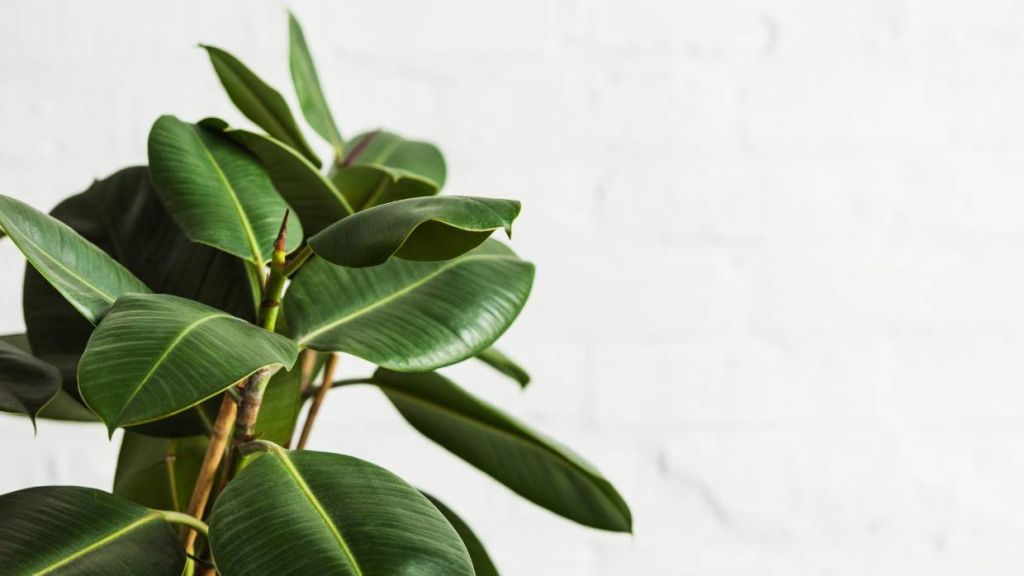
Bigger is better
Larger plants usually have more mature roots, which make them harder to kill said Goh.
They do tend to be much more expensive, so people often buy small and grow on, which gives the satisfaction of raising something.
However, growers/greenhouses create optimally warm and humid environments, “and it is likely that you can’t replicate this,” adds Grace. “So if you want height, it’s worth investing in size upfront.”
More plants = better air?
All plants are beneficial in terms of removing volatile organic compounds (VOCs) from an indoor environment. VOCs are emitted from plastics/synthetics, furniture, fittings, computers, printers and more, and cause loss of concentration, headaches, eye, nose and throat problems. VOCs include Benzene, Toluene, Ethylbenzene, Xylene & PAHs. Some are known to cause cancer.
So when your home is full of houseplants, feel free to load up your office desk as well.

The University of Technology Sydney (UTS), which builds on NASA’s research, found that indoor plants can:
- Reduce VOCs by over 80 per cent
All plant species are equally effective (the process depends on symbiosis with normal potting mix bacteria).
VOC removal by plants works day and night (24/7)
“One or two plants are never going to clean the air of a house, regardless of the type. If you want to clean the air, getting more or larger plants is probably best for a real impact,” said DeGrandpre.
House plants and happiness
The process of nurturing something and connecting with nature fuels our happiness says Grace.
DeGrandpre: “Indoor plants offer the joy of taking care of something and seeing it respond in a happy and healthy way. They’re alive and when plants show us they’re alive, we respond. And when they do, we connect with them and they become part of our own growth.”
Goh: “I find it rewarding just to look at them.”
We recommend
We thought you might like
States
Capital Cities
Capital Cities - Rentals
Popular Areas
Allhomes
More

